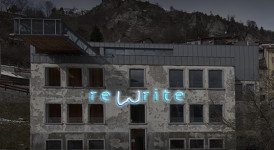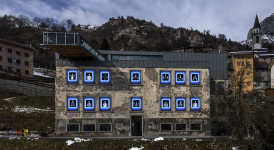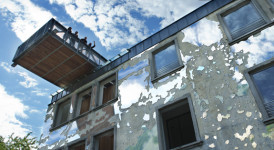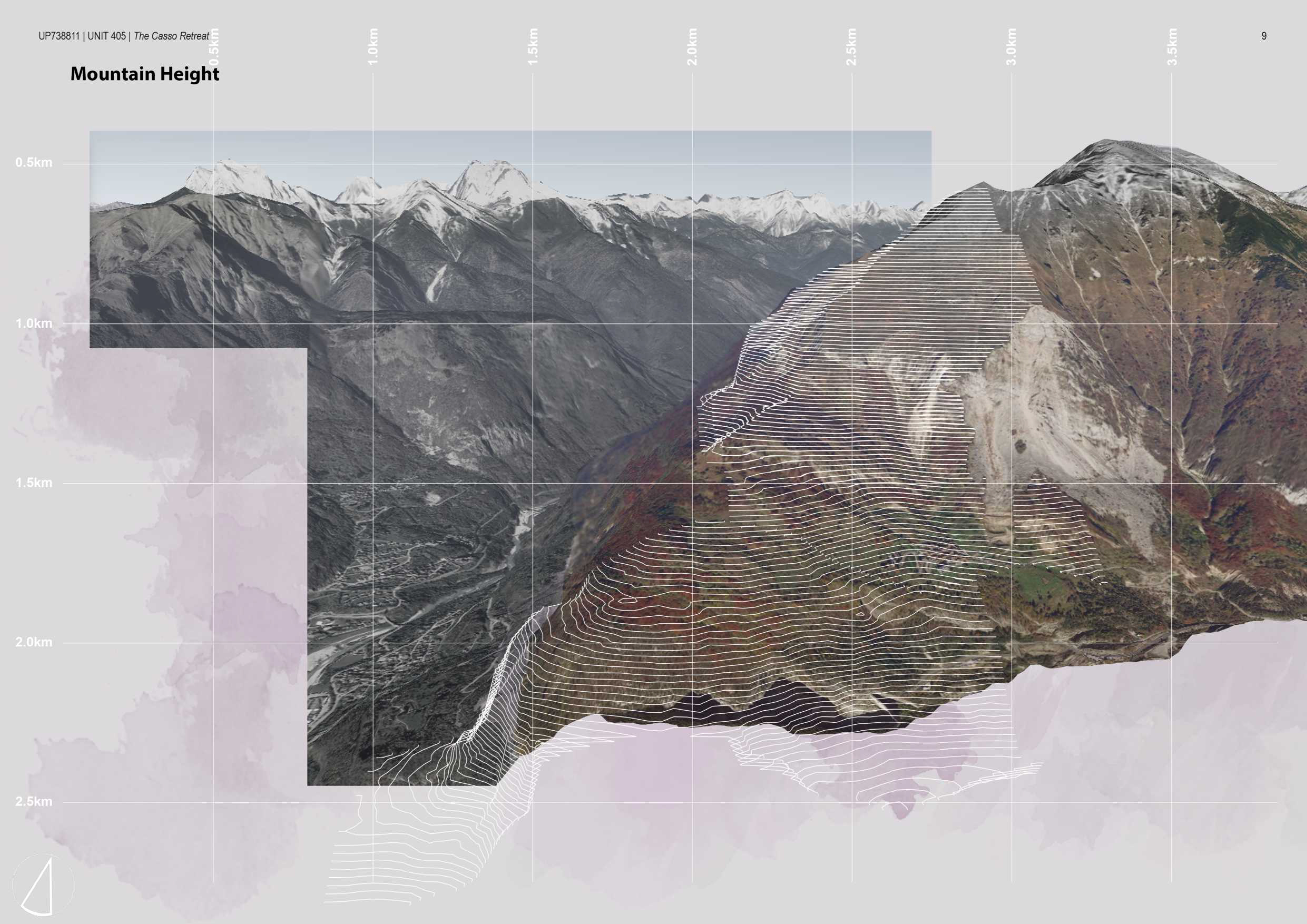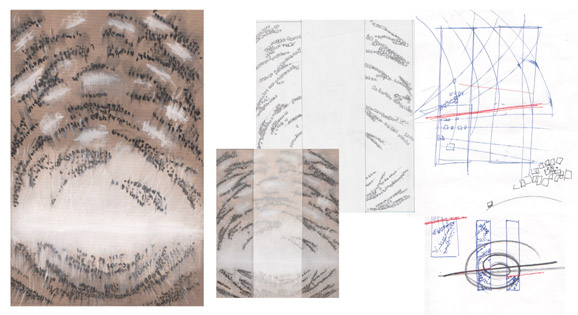
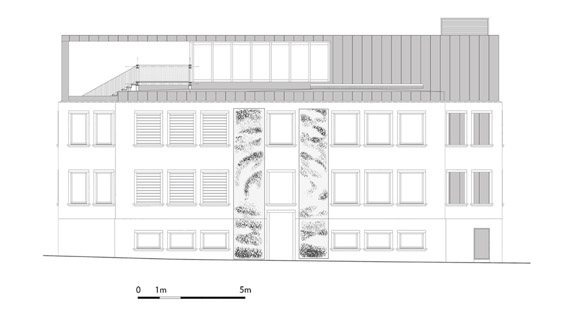
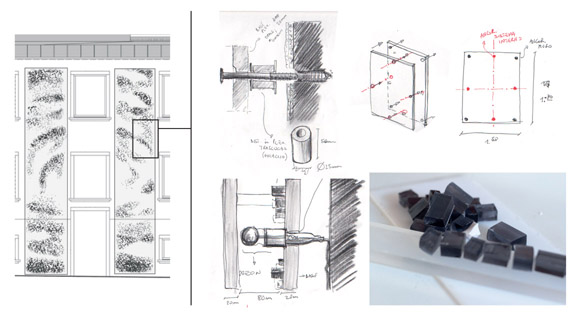
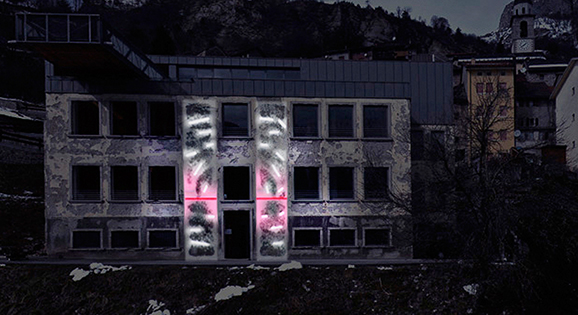
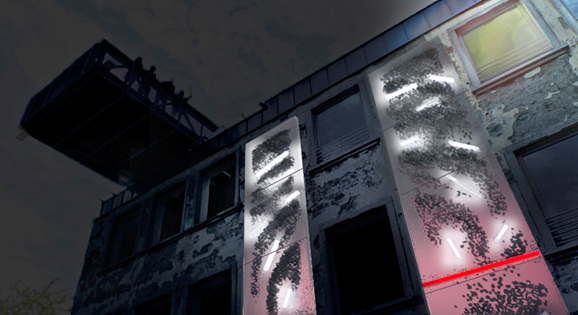
It is often said that certain facts cast a shadow on the past, the future, in general mark our present .. More people are close and involved in a certain event, the greater the effect this will have on them, influencing the future changing the perception of time.
Daily events happen, more or less large, which, although often caused by man, they seem to shine on his own, and individuals are hit by this light, often we get as we were attracted to. The bigger the event the more power and influence it has on us will be long-lasting, will enlighten us changing, perhaps, our lives and through us and our consciousness will leave a mark for posterity.
The disaster of 1963 has certainly created a border, leaving a big mark. After that terrible event, the distinction between past and future is very clear.
After that day we had a much clearer view of the past, which has become a treasure to be preserved and it is layered in our minds.
This of that time has actually absorbed a lot of people who have found them .. have been physically overwhelmed the event becoming part of it.
The effect on the future (our present) is strong and durable. Also in the following years there has been, reconstruction, storage, documentation … But even dispersion, many families have moved, it been created a new town. There has been a sort of “exodus” of the population of the affected areas; which future generations might be partakers of other events, influence them, live them, witness them .. bringing with it the legacy of the past, with new spark for the lights of the future.
In my project I wanted to represent a schematic of this idea by proposing an installation to settle on the wing opposite the main entrance, going to define two pilasters on the facade.
Using as the material Plexiglass I thought to adopt a translucent base (will not be an intervention opaque), on which the tiles are arranged to represent the individuals, these tiles are cut by hand and applied on the panels following a logic design. The neon tubes arranged within the composition, illuminating the translucent tiles, will produce shadows and refractions, based on the other cards and also on the front of the school. The whole is closed by another panel spaced increasingly translucent plexiglass.
The panel is divided into two zones: the lower symbolizes the past, which is broken on a red light that cuts the panel horizontally (the disaster); The upper part is characterized by patterns of tiles radial, represents the present and the future, which are constantly changing. Within this section there are always other lights arranged in a predetermined pattern, which represent events that characterize the historical periods of the younger generation.
The advantage of using these materials is to be able to have a decorative effect without diminishing the perception of the existing structure. Also during daylight hours, the installation still interacts with sunlight and therefore remains not only linked to the action of artificial lighting.
–
Spesso si dice che alcuni fatti gettano ombre sul passato, sul futuro, in generale segnano il nostro presente.. Più le persone sono vicine e coinvolte in un certo evento e maggiore è l’effetto che questo avrà su di loro, influenzandone il futuro e modificandone la percezione del tempo.
Quotidianamente succedono eventi, più o meno grandi i quali, pur essendo spesso causati dall’uomo, sembrano brillare di luce propria, e gli individui si trovano investiti da questa luce, spesso ci avviciniamo come fossimo attratti. Più è grande l’evento più l’energia e l’influenza che ha su di noi sarà duratura nel tempo, ci illuminerà modificando, forse, le nostre vite e tramite noi e la nostra coscienza lascerà un segno ai posteri.
Il disastro del 1963 ha sicuramente creato un confine, lasciando un grosso segno. Dopo quello spaventoso evento la distinzione tra passato e futuro è stata molto netta.
Dopo quel giorno si ha avuto una visione molto più chiara del passato, il quale è diventato un tesoro da preservare e si è stratificato nella nostra mente. Il presente di quel momento ha di fatto assorbito moltissime persone che si sono trovate li.. Fisicamente sono state travolte dell’evento diventando parte di esso.
L’effetto sul futuro (il nostro presente) è stato forte e duraturo. Inoltre negli anni successivi vi è stata, ricostruzione, memoria, documentazione… Ma anche dispersione, molte famiglie si sono spostate, si è creato un nuovo comune. Si è assistito ad una sorta di “diaspora” della popolazione delle zone interessate; le cui generazioni future hanno potuto essere partecipi di altri eventi, influenzarli, viverli, testimoniarli.. Portando con se il retaggio del passato e proponendo nuove scintille per le luci del futuro.
Nel mio progetto ho voluto rappresentare una schematizzazione di questo pensiero proponendo un’installazione da sistemarsi sulle fasce al fianco dell’entrata principale, andando a definire due lesene sulla facciata.
Utilizzando come materiale il Plexiglass ho pensato di adottare una base traslucida (non sarà un intervento coprente), sulla quale vengono disposte delle tessere a rappresentare gli individui, queste tessere vengono tagliate a mano ed applicate sui pannelli seguendo una logica di disegno. I tubi al neon disposti all’interno della composizione, illuminando le tessere traslucide, produrranno ombre e rifrazioni, sulla base, sulle altre tessere ed anche sulla facciata della scuola. Il tutto è chiuso da un altro pannello distanziato sempre in plexiglass traslucido.
Il pannello è diviso in due zone: quella inferiore simboleggia il passato, il quale si infrange su una luce rossa che taglia il pannello orizzontalmente (il disastro); La parte superiore è caratterizzata da andamenti di tessere di tipo radiale, rappresenta il presente ed il futuro, i quali sono in continuo mutamento. All’interno di questa parte vi sono altre luci disposte sempre secondo un andamento prestabilito, le quali rappresentano gli eventi che caratterizzano i periodi storici delle nuove generazioni.
Il vantaggio di poter utilizzare questi materiali consiste nel poter avere un effetto decorativo pur senza diminuire la percezione della struttura esistente. Inoltre durante le ore diurne, l’installazione interagisce ancora con la luce solare e quindi non rimane legata solamente all’azione dell’illuminazione artificiale.
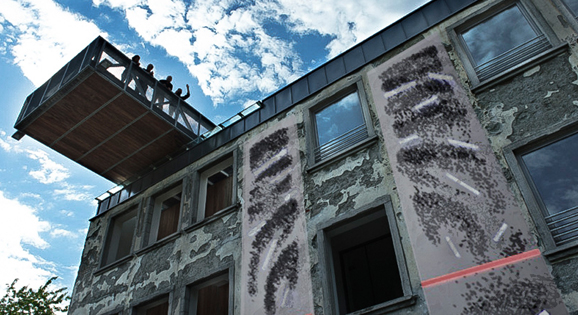
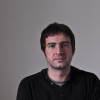
 Italia
Italia
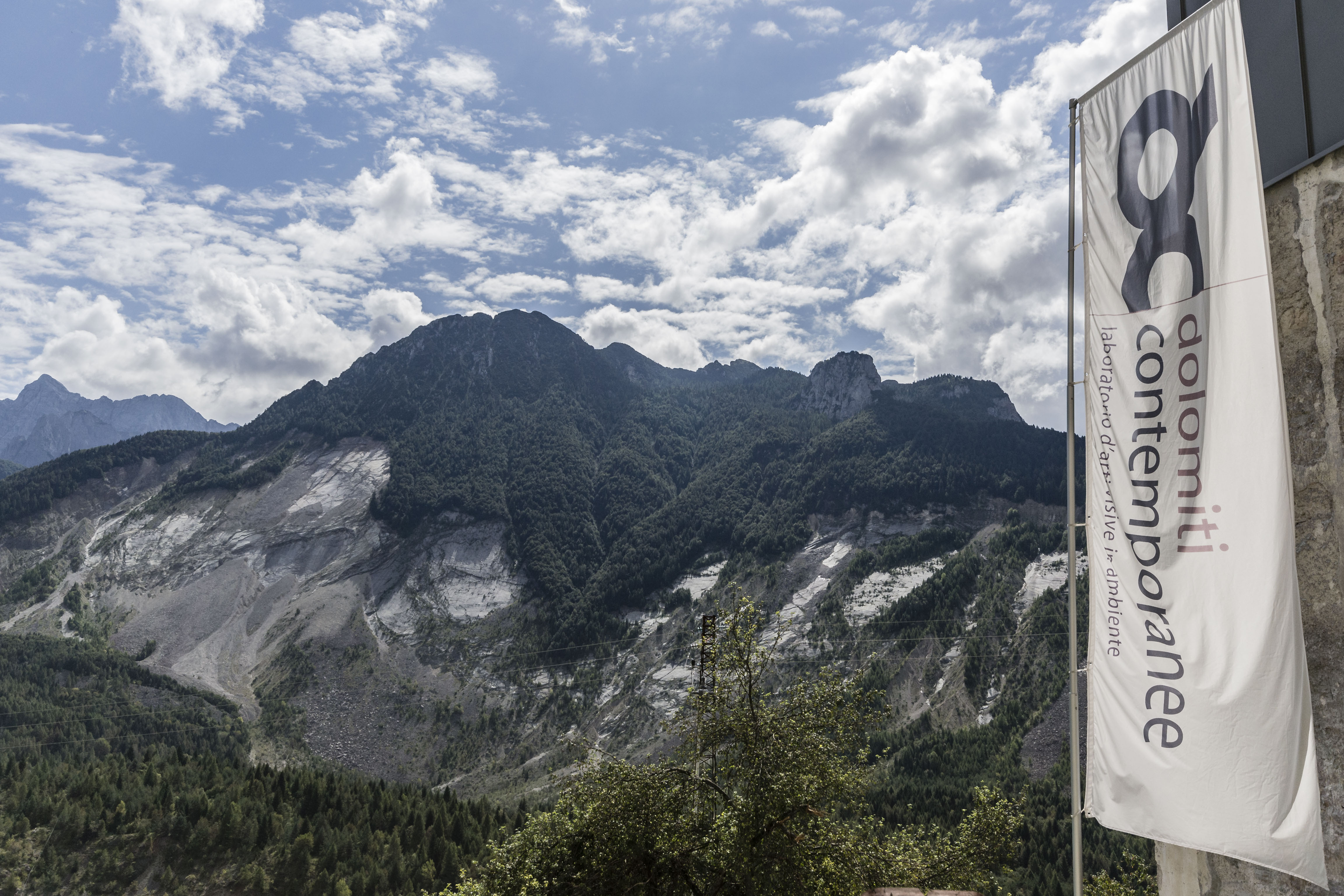
Tuesday, June 15th 2021, 2 – 4 PM, webinar panel:
two calls for vajont: fase _restart.
Vajont: [...]





